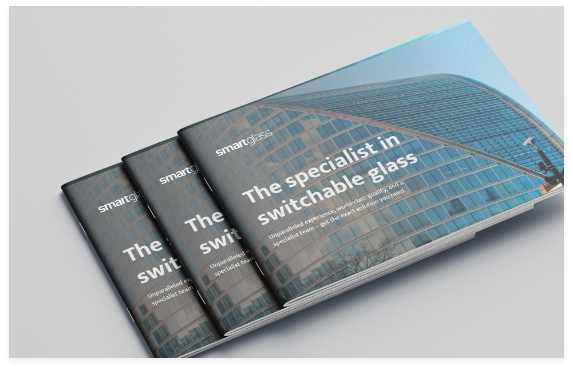Download Smartglass Brochure
spaces that adapt to users’ needs at the flick of a switch.
Museums wishing to comply with Green Building Council requirements on the greater use of natural daylight are now facing a dilemma in balancing the works of art conservation issue by reducing photo-chemical damage of light-sensitive objects.
Current solutions to reduce light damage in the museum sector include the following measures, with the subsequent disadvantages:
SPD SmartGlass – A Sustainable Solution
Manoj Phatak, C.Eng, Director of Product Development, Domoticware S.L.U proposes a case study to examine the use of electronically switchable light-control films as a sustainable solution to the problem of protecting light-sensitive works of art in museums.
There are various polymer-based light control films which alter their optical properties (such as transmission and clarity) with the application of an electrical signal. The light-control film is normally laminated between panes of glass or polycarbonate and can filter out ultra-violet (UV), infra-red (IR) and visible light. SPD SmartGlass technology operates using this composition. SPD SmartGlass in particular provides special benefits to museums in allowing immediate switching, low power consumption (approx. 5W per sq. m) and less than 1% light transmission in its darkest state (which reduces light damage on the museum display object).
Domoticware has developed a smart display case concept that uses SPD SmartGlass to protect extremely light-sensitive materials such as silk, manuscripts, ancient books and photographs by combining it with proximity sensors located around the display case.
Benefits of SPD SmartGlass display case:
To find out more about Smartglass click here.

Wherever you are in the world one of our team will be in touch to advise on the best smart glass solution for your needs.